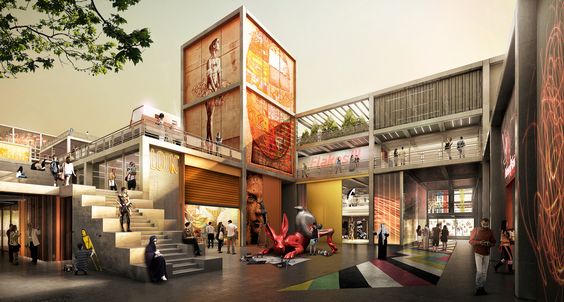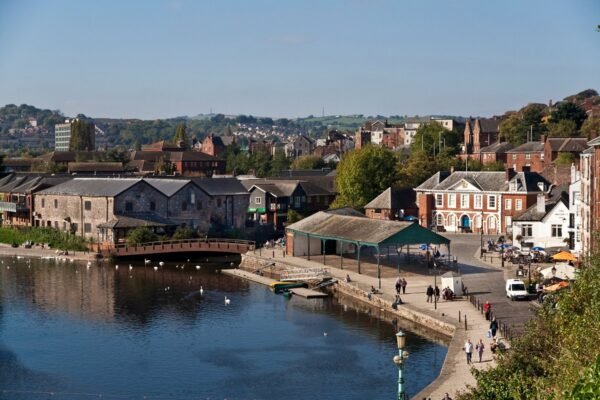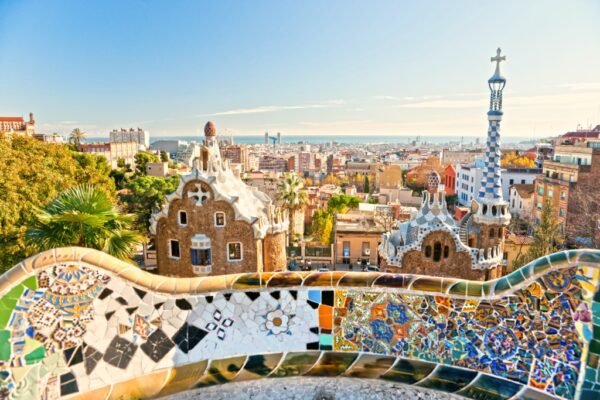
The City of Gold – Could Dubai Become a New Global Art Hub?

Ever since oil was discovered in the city a little over fifty years ago, Dubai has attracted the rich and famous in droves. More recently, however, the City of Gold has gone the way of many of the world’s major metropolises and acquired its own hipster enclave to rival Shoreditch in London or Williamsburg in New York. Unlike those cities, however, Dubai’s Design District (also known as d3) has never been an area for slumming artists, but a government-designed cultural space.

The editor of Stylist Arabia recently told the Independent that “people think of Dubai as having no culture, so the rulers of the UAE are keen to encourage an arts scene here and change that preconception”, and it is a testament to the area’s wealth that they can literally buy a cultural scene. But will the inorganic way that d3 has come together be off-putting to artists who value authenticity, or will government spending alone be able to make Dubai a lasting area for artists to thrive?
How Dubai is supporting local artists

Two major art fairs—Art Dubai and World Art Dubai, respectively in their twelfth and fourth years—have quickly become the area’s flagship arts events. However, these are aimed more at the wealthier collectors who live in the city than anyone else; as the director of Art Dubai told Reuters about the fair, “there’s something for every pocket”.
World Art Dubai uses a large number of its resources in the promotion of local talent, which not only bring these artists to a wider global audience, but allows them to express themselves in ways that earlier iterations of Dubai’s art scene simply didn’t allow. As the Guardian described it, Art Dubai “is the art fair that makes a difference.”
A resident of Dubai since 2006, Owais Husain is a leading practitioner of Indian contemporary art, specialising in installations and video pieces along themes of displacement and immigration. Speaking to UAE newspaper The National, Husain noted that, as an artist who is influenced by “transience and heavy traffic of movement…[he] couldn’t be in a more appropriate place than Dubai.”
The UAE can afford to import global talent
Whilst most of the city’s galleries concentrate on fostering local talent, Dubai’s affluence does have the added benefit of bringing internationally recognised artists to the United Arab Emirates. Former Young British Artist and Turner Prize nominee Ian Davenport recently had his first exhibition in Dubai, debuting new works in his trademark “poured painting” style at the Custot gallery, having just been prominently exhibited at the legendary Venice Biennale.

Indeed, with the most recent statistics showing that only around 11% of the UAE’s population was born in the country, many of the most talented Dubai-based artists—such as Owais Husain or avant garde pioneer Patricia Millns— have been nurtured as if they were Dubai’s own. Likewise, in an article debating the sustainability of the city’s arts scene, Apollo Magazine notes that collectors from surrounding countries are Dubai’s main art buyers, rather than locals.

If Dubai continues to cultivate its own arts scene, other parts of the UAE aren’t far behind; with an eye on prestige, 2017 saw the opening of Abu Dhabi’s own Louvre. Home to the world’s most expensive painting, an original Da Vinci which sold for £335m, the Louvre Abu Dhabi has also entered borrowing agreements with major French galleries, including the Paris Louvre.
Ultimately, Dubai’s level of wealth makes it seem almost as if the city is patron of the arts in and of itself, which should fill the city’s art community with nothing but hope. As long as the d3 and its gallery scene continue to thrive, the reputation of art in Dubai can only continue to grow.











































